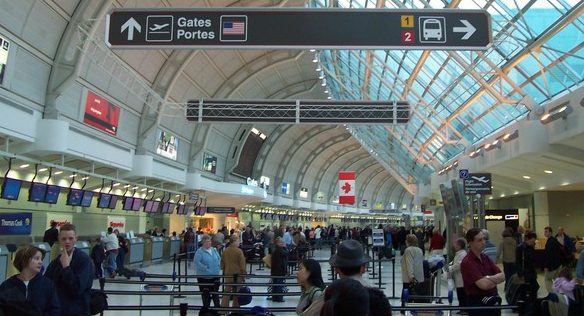The airline industry is already a ferociously competitive one but the battle for passengers and cargo will become even more intense this year.
The upside for carriers is that profits are tipped to rise, but earning the extra bucks will require nimble pricing and slide-rule precise planning, particularly in the ultra-aggressive region of South-east Asia.
Carriers like Singapore Airlines (SIA) and Thai Airways are fighting on two fronts – against budget carriers on short-haul routes and from Middle East giants like Emirates on the long-haul flights to Europe and the United States. But none will exactly be crying poor. A rebound in the cargo market and strong passenger demand are expected to deliver profits of US$9 billion (S$12 billion) for Asia-Pacific airlines in 2018, up from an expected bottom line of US$8.3 billion last year.
«These are good times for the global air transport industry. The demand for air cargo is at its strongest level in over a decade, said Mr Alexandre de Juniac, chief executive of the International Air Transport Association (Iata). «Airlines are achieving sustainable levels of profitability. It’s still, however, a tough business, and we are being challenged on the cost front by rising fuel, labour and infrastructure expenses.»
Iata projects that the world’s airlines will clock a record profit of US$38.4 billion this year with healthy demand, greater efficiency and reduced interest payments on debt offsetting an increase in costs.
All regions are expected to post improved profits, with the North American carriers leading the pack at US$16.4 billion. Europe’s airlines are in second place with an anticipated US$11.5 billion in earnings, boosted by economic recovery in their home markets as well as some consolidation in the region.
Iata has also lifted its 2017 global profitability forecast. It now expects profits of US$34.5 billion for 2017, against its forecast of US$31.4 billion announced in June last year.
It notes that the industry has leveraged on this period of positive cash flow to pay out dividends as well as to pare debt, which has brought down interest payments. As a result, net margins will edge up from 4.6 per cent last year to 4.7 per cent in 2018 despite operating margins being squeezed by rising costs. At 9.4 per cent, the return on invested capital will exceed the industry’s average cost of capital of 7.4 per cent…



